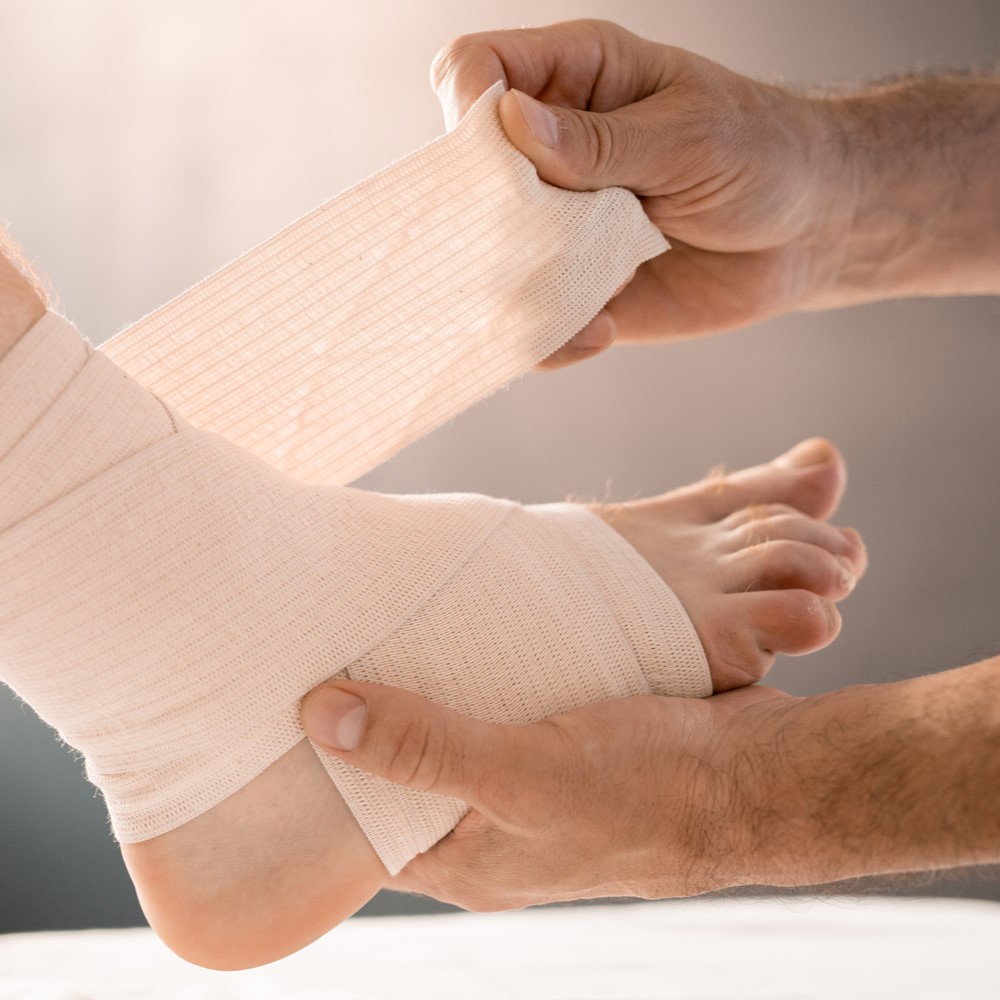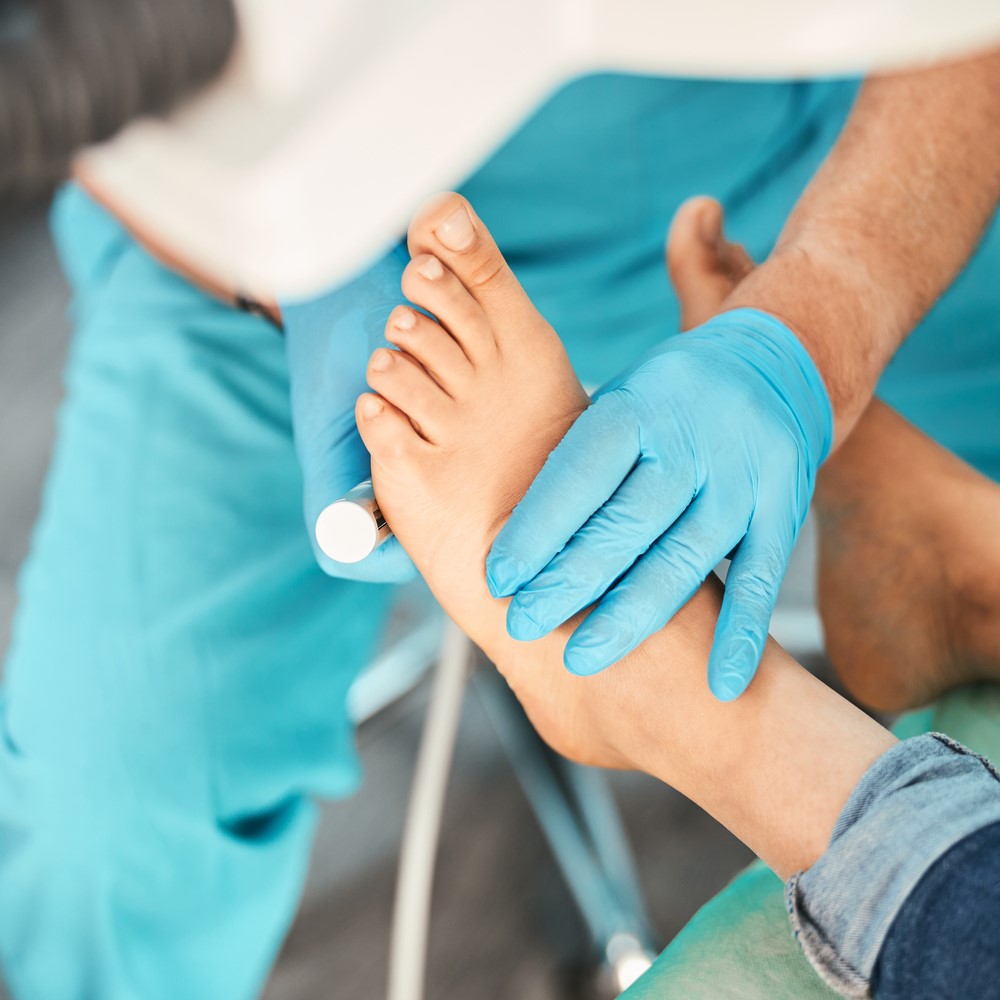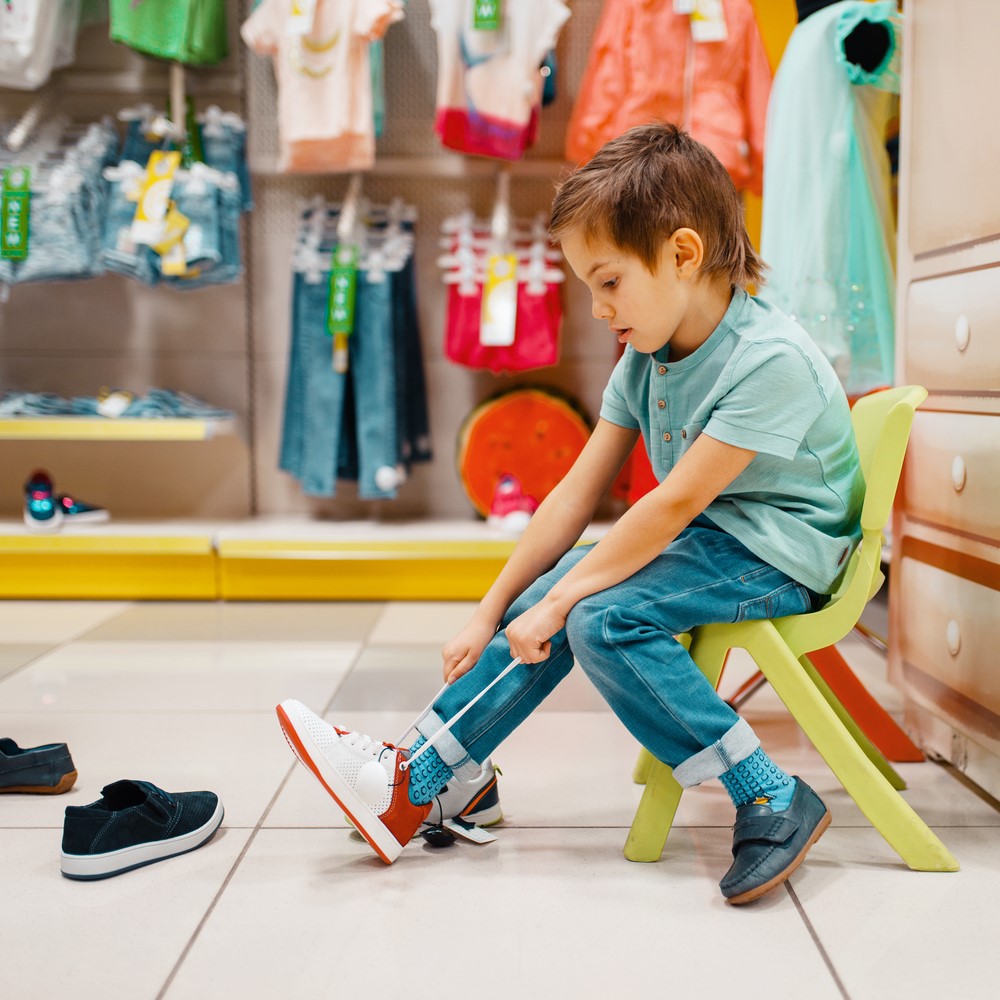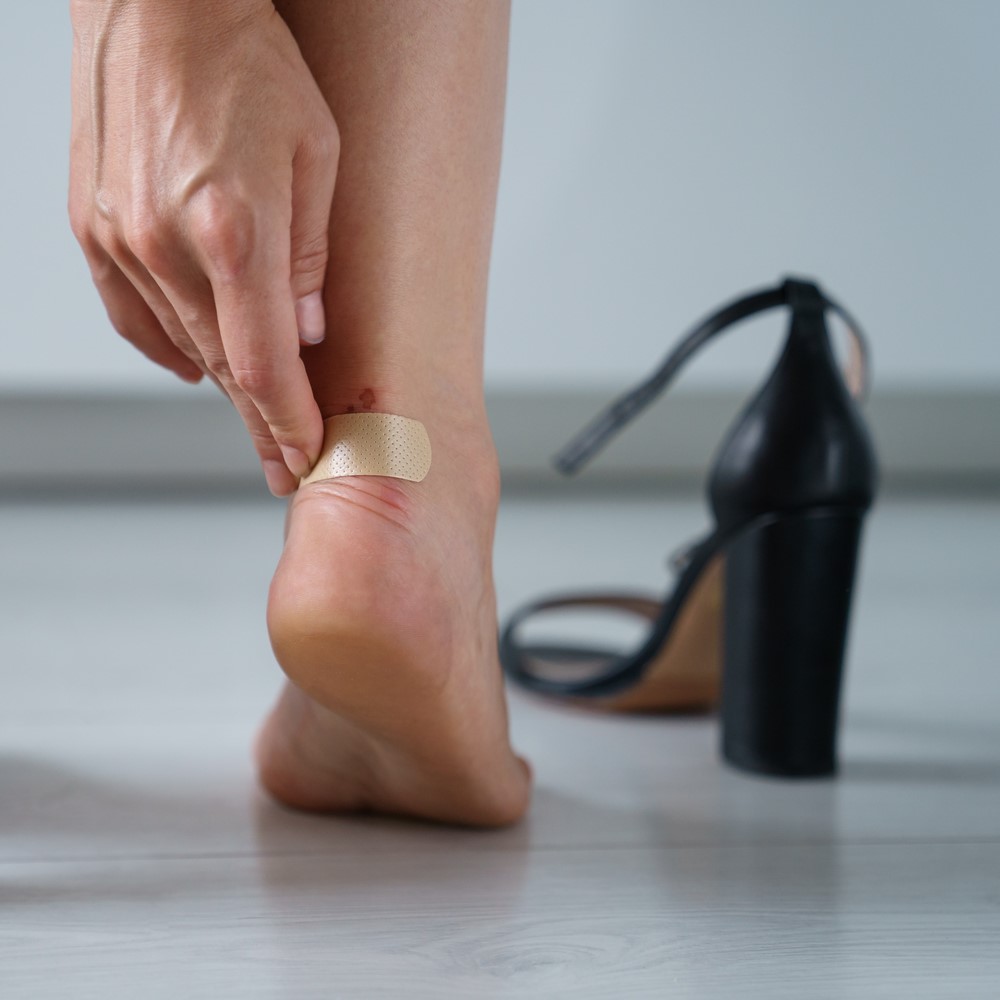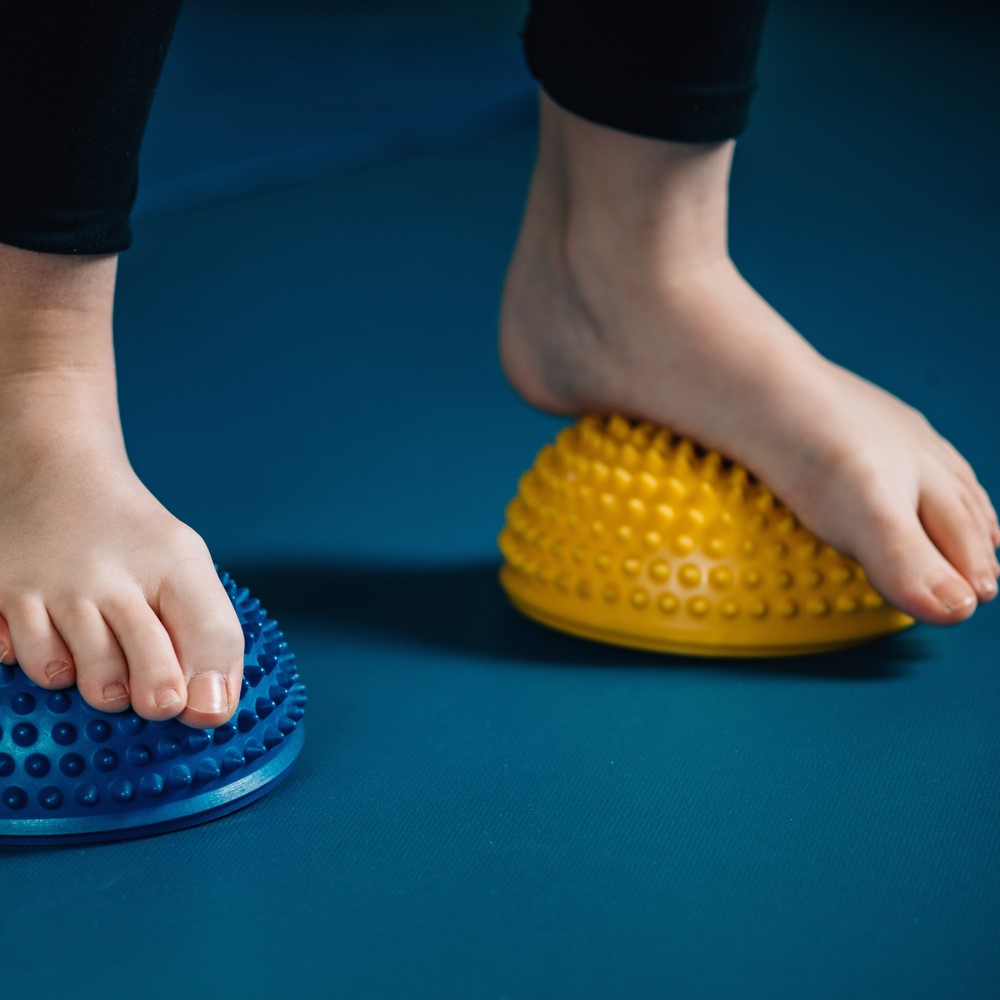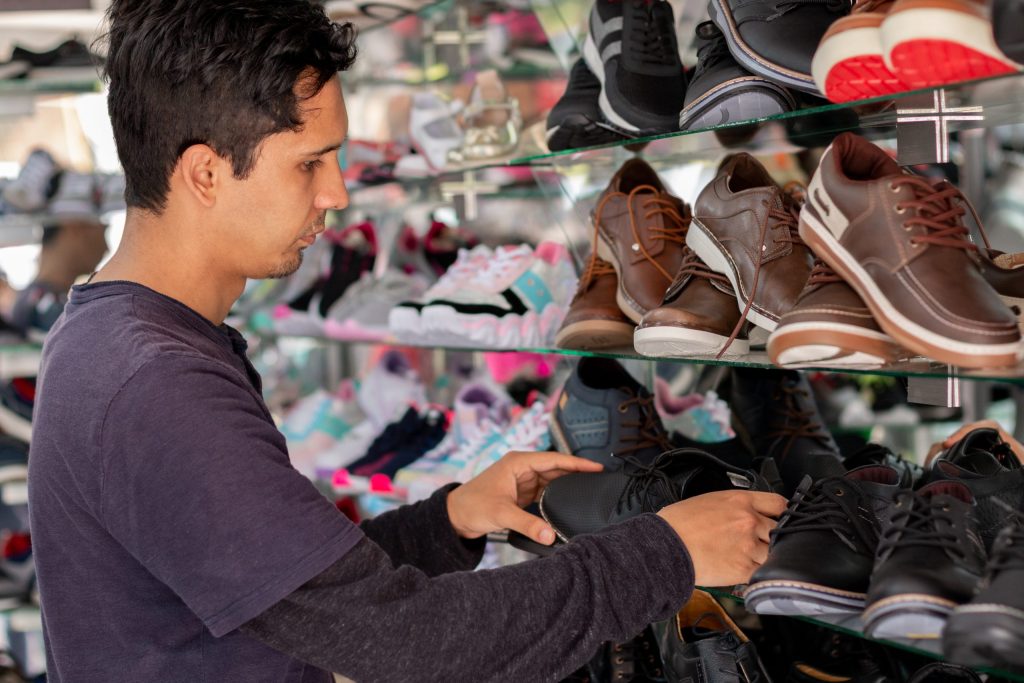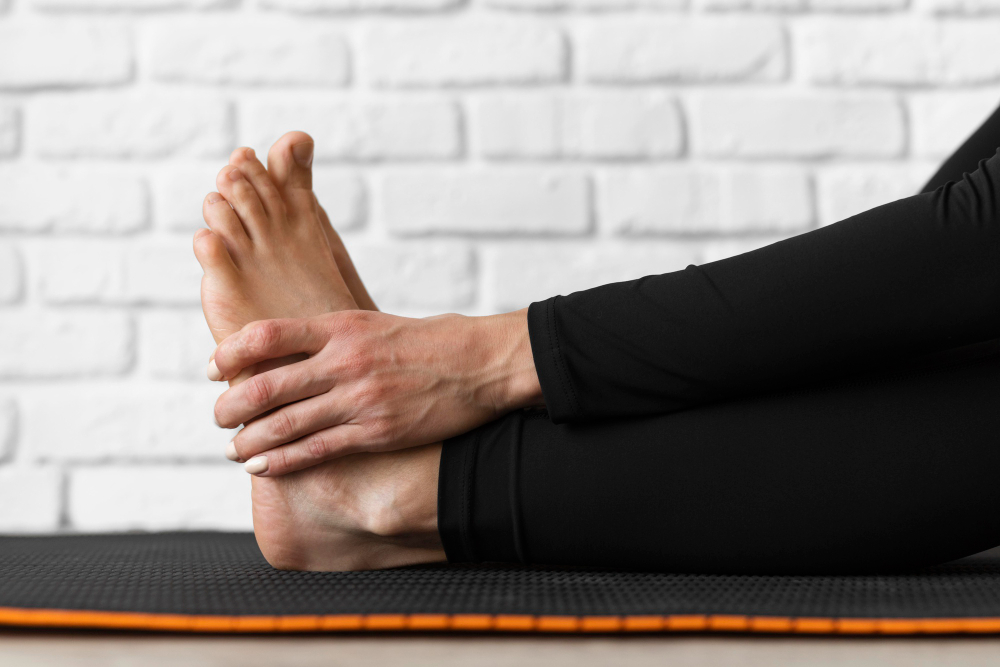Tips on managing foot wounds
We cannot ignore the importance of the feet in supporting our body and absorbing shocks. As a result, foot wounds can be a serious issue, affecting the many jobs you perform. Today, we’ll give you some tips on how to care for foot wounds, especially if you have diabetes, have had foot surgery, or have foot ulcers. Managing foot wounds Foot wounds may be annoying and bothersome. So, managing foot wounds is a top priority to get your life back, enjoy your activities and spend more time with your family and loved ones. Tips to speed up the healing of the feet Yes, by following some simple steps you can help your feet heal, such as: Wearing shoes designed to help relieve pressure on the injury areas. You can consult a podiatrist at Health and Style Medical Center to get a customized orthopedic insole. Protect the skin from dehydration and keep it soft. Take good care of your nails Avoid carrying extra weight. As much as possible, try to adjust your lifestyle to reduce stress on your feet. Avoid standing and walking as much as possible. Walk on your injured foot only if absolutely necessary. Bandages It is important to take care of the dressings and check them regularly because they are the environment for the wound. So, if the wound is covered with a bandage, you should know that the bandage: Keeps the wound warm and moist. Does not prevent infections. Absorbents are not generally useful because they can make the wound damp which is an environment that encourages the growth of bacteria. If there is a lot of fluid leaking out of the wound, there is probably a lot of fluid in the tissues. Keep your legs raised for a longer period. You might even need to stay in bed. Tips for people with diabetes You have to control your blood glucose and pay attention to the foods you eat. Try as much as possible to control your sugar level and keep your blood sugar levels at a normal level, as this gives your body a better chance of healing the wound and reduces the possibility of infection. Also follow a healthy, well-balanced diet to provide the nutrients your body needs at this time. For more advice on how to care for wounds and sore feet for diabetics.
Tips on managing foot wounds Read More »
